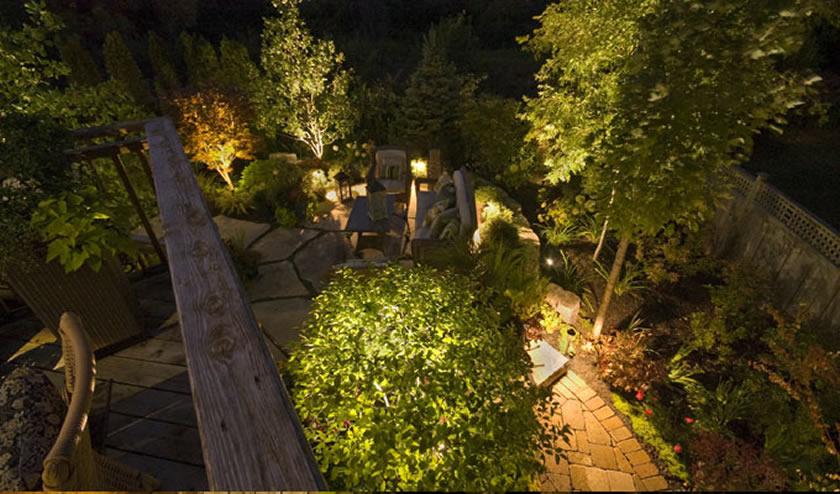Winter is almost over, and that means it is a great time to start new building projects for your garden and lawn. Adding an architectural LED lighting design to your garden is a fairly straightforward process that can drastically improve the aesthetics of the area without taking too much time.
Although it may seem simple to just install a few lights, there are plenty of garden lighting installations that range from mediocre to just plain tacky. It’s not uncommon to see simple mistakes in DIY setups. That’s why you need a professional’s touch when it comes to installing an architectural LED lighting design. Here are three rules to follow when it comes to upgrading the lighting in your garden.
1. Light Placement Matters
Improperly placed lights are a common problem amateurs face when drawing up the plans for an architectural LED lighting design. In particular, putting too many lights in one area will often not give the effect one may be looking for. A good rule of thumb is to stagger your lighting to create an elegant and balanced lighting effect.
Another common mistake we often see is the use of the wrong type of lighting. There are three basic types of lighting:
- Ambient lighting provides a soft glow in all directions. It’s best to use for sections like paths that need to be lit, but not don’t need to be too bright.
- Task lighting is a light that is designed to brighten an area for a specific use. For example, it’s a good idea to shine a task light onto a patio.
- Accent lighting is used to highlight a single specific object – for example, to brighten a plant, making it appear lusher.
Using the right type of lighting in the right area is crucial to maintaining the overall aesthetics of the garden. When it comes to garden architectural LED lighting design, nothing ruins a setup more than having a light be too bright or dim, or appear out of place.
2. Choosing the Right Light Color Temperature
Color temperature is another important aspect of an architectural LED lighting design. If your color scheme is too cool, the lighting will be bright and blue, and the garden will look cold, sterile, and lifeless. If your color scheme is too warm, the light will be tinted yellow, which may make your garden appear dirty. Deciding what temperature of color to use for each aspect is important, and different parts of the garden can call for different temperatures.
3. Avoid Lighting Glare
Glare is a common lighting problem. It happens when the contrast between light and dark is too high. Glare is generally unpleasant to look at, causing eye strain. Many amateurs run into this issue when setting up an architectural LED lighting design. The keys to avoiding it are to use low voltage lights that are not too bright, as well as avoiding leaving lighting within the direct line of sight of a viewer. In other words, lights should be bouncing off walls and objects, and generally not within clear view of the path.
About Regal Lighting | Architectural LED Lighting Designs | Toronto – Mississauga – Etobicoke
If you are looking to set up an architectural LED lighting design, you will be hard pressed to find a better company than Regal Lighting. Our team of talented designers has 11 years of experience serving the Toronto, Mississauga, Etobicoke, and the surrounding areas. We are a family-owned business who take pride in our care for the environment. All of our LEDs are chemical-free, do not emit heat, and take little power to run. If you are looking to make your garden more pleasing, please contact us today. We’d be happy to answer any questions that you may have.
- A garden architectural LED lighting design helps your garden be more aesthetically pleasing.
- It is important to understand the nuances of lighting before you attempt to set up such a design yourself. Getting the help of a professional is best.
- Regal Lighting offers an experienced professional service that helps you find the right lighting style and effects for your garden.

